In a few weeks, we’ll commemorate —if anyone remembers — the start of World War II, On September 1, 1939. Germany invaded Poland, and within days, all of Europe was at war. Sixteen months later came the Japanese attack on Pearl Harbor. On December 11, 1941, Hitler declared war on us, and the United States was in for the duration. More than 50 million humans died. Millions of young men, of all nations, including my father, joined the fight, and millions of them never came home.
Now the number of WWII veterans has dwindled to a precious few. It doesn’t seem possible. I grew up in one of the first post-war suburbs of Louisville, Kentucky. Every dad on Glen Meade Road was a vet and each of them had a story to tell. My father was a navigator on a B-24 Liberator and served with distinction in the Pacific theater of the war. I once wrote a story about his service called, “When Boys Became Men.” He flew 25 missions and came home in one piece. That’s why I’m here. When I was a kid, we used to listen to the war stories of other dads, whose memories were still fresh. Other veteran fathers never spoke of the war. We wondered why at the time. Later we understood.
But of all the men I’ve known who served in the war, there is one conversation that I will never forget. His story pushed the limits of credibility. Our meeting happened purely by chance, and why I never returned and sought out this man to learn more of his life, still haunts me.
Thirty-two years ago, I was living in Moab and had just started The Zephyr. After each issue was printed, I always had a few days to get out of town and explore the country. One week, I wandered over to a favorite little village of mine, at least it was then — Chama, New Mexico. It’s the headquarters of the Cumbres & Toltec Railroad, one of the last narrow gauge trains still operating. So it’s a tourist town, and probably much more so now than then. But in 1990, Chama was a quiet out-of-the-way community that still somehow managed to maintain an honest, no-frills ambience.
I was standing in front of the town’s country store; it wasn’t a grocery store, though it sold some basic goods, but it also stocked arts and crafts and antiques and even had a player-piano that seemed to endlessly play John Phillip Sousa’s “Stars & Stripes Forever.” Its manager was my newfound friend Pat Cooke and her 15 year old dog Sue. We were outside on this cool late summer morning, sipping coffee, when two of her pals stopped by for a chat.
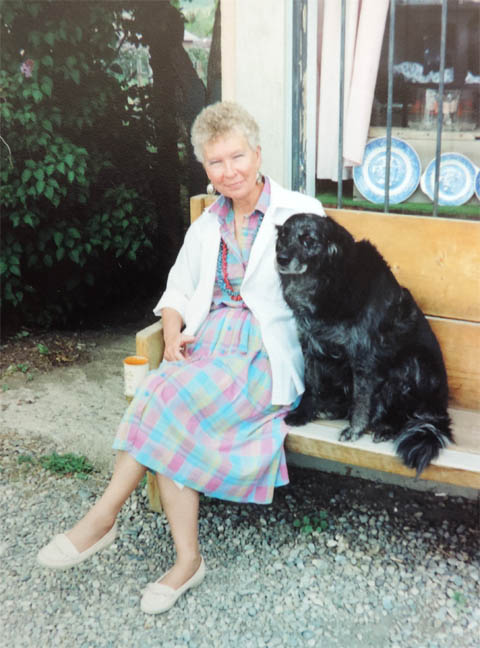
Their names were Phillip and Armando and they had driven up from Tierra Amarilla, about 15 miles south, to visit. Both gentlemen were in their 60s or early 70s at the time, and Phillip had recently been discharged from the hospital after suffering a serious stroke. For six months he had been unable to speak and some worried that he would never recover. It was apparent, however, that Phillip had indeed made a remarkable comeback, and was making up for lost time. While he shamelessly flirted with both Pat and the dog, his older brother Armando engaged me in conversation. Actually he talked and I listened. In the next 30 minutes, Armando told me his extraordinary life story. I swear this is how the conversation went…
“My brother and I are Basque, you know. We came from the Pyrenees before the second world war,” Armando explained.
“Really,” I said. “What did you do when you came over here?”
“Well,” he replied, “At first, of course, we ran a herd of sheep. This was perfect sheep country and we loved it here. And it is so cool up in the mountains. And so quiet then. But when the war started, I signed up.”
I asked him what branch of the service he had enlisted in. Armando replied, “I went to work for the OSS.”
“The OSS?” Armando probably assumed I’d have no idea what the OSS meant. But I had recently read a book about the “secret war” of espionage, before and during the war — “A Man Called Intrepid.” And so, to his surprise, I said, “You mean the ‘Office of Strategic Services,’ the military intelligence agency during World War II. The precursor to the CIA?”
He nodded.
I know my WWII history pretty well, and since I also believe that in my last life I may have been the pilot of a B-24 Liberator, just like my father, but in Europe, and was shot down over Belgium in August 1944, I could converse fairly intelligently with him on the subject. Armando was surprised. He said he rarely found any adults under the age of 60 who knew about the OSS.
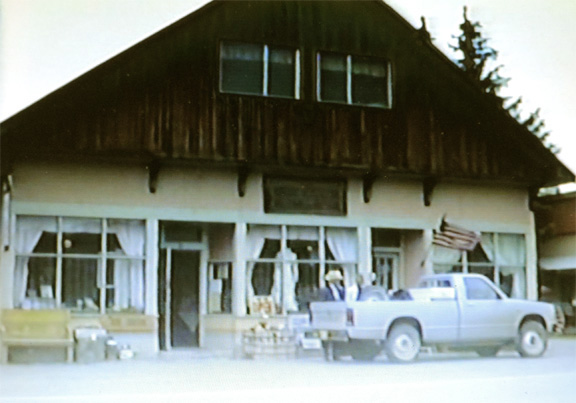
“The OSS,” I repeated. “Did you ever meet the director, Bill Donovan?”
“‘Wild Bill’ Donovan? Of course…I met with him several times in the President’s office.”
“The President’s office? Which president do you mean?”
“Why President Roosevelt’s office. The Oval Office. The White House…You see, Franklin Roosevelt was president during the–“
“Yes,” I interrupted. ” I know who Franklin Roosevelt was. You met him? In the Oval Office?”
“Yes, of course. He was a great man. Donovan was too…and tough. No man was tougher than Donovan.”
“Well,” I asked somewhat hesitantly, not knowing whether to believe a word of this, “what did you do for the OSS?”
Armando shrugged. “I was an agent,” he explained casually.
“You were a spy?”
Armando nodded. “I guess you could say that.”
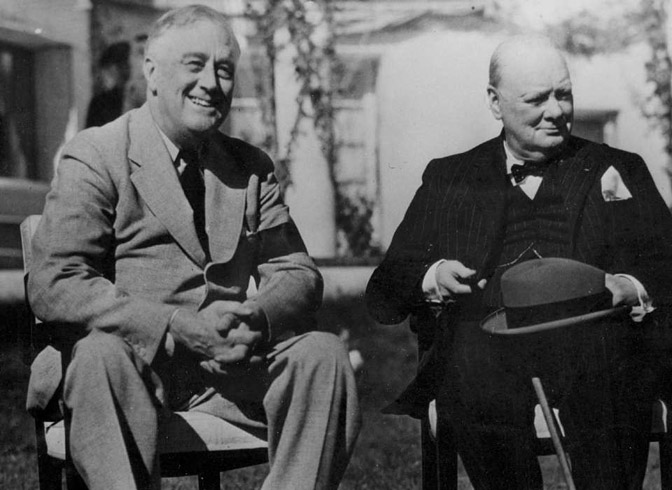
I looked at Armando. He barely stood five and a half feet tall. He was stocky and balding and sported a magnificent droopy mustache and bushy white sideburns. I wondered if this man could really have pal’d around with the likes of FDR and “Wild Bill.” I decided that I believed every word he was saying.
“So where were you a spy?”
“Those were incredible times. Truly the future of our world was at stake. My partner and I were in pursuit of two German agents who were trying to get diamonds from South Africa to Germany via South America. The Germans needed the diamonds to make diamond bits…it’s the only way you can machine parts for weaponry and the like. Do you follow me?”
I nodded.
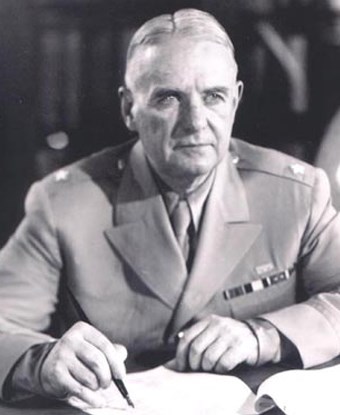
“We caught up with them in Brazil, near Angel Falls.” Armando put his ball cap on and pulled the brim down low over his eyes and looked up at the sky.
“It’s going to be another hot day. Too damn hot for September,” he observed keenly.
“Yes it is,” I said, “but what happened next?”
“What do you mean?”
“The diamonds.”
“Oh yes…OK. We had caught up with them in Brazil when they discovered we were following them…They killed my partner.”
“Oh no…so they got away?”
“No,” he replied grimly. “I killed both of them.”
He waited for a moment; then he continued. “I killed one of them instantly, and I thought the other was dead too. But I turned my back on him and he shot me with a small gun that he had concealed. So I finished him off. I was seriously wounded, but, obviously, I survived.”
I didn’t know what to think. Just minutes before, Pat and I had been chatting about the weather and the remarkable good health of Sue the Dog. Now my new friend Armando had led me into the dark and violent world of the OSS and the incredible role he played in it. If I could believe him.
“Did you recover the diamonds?” I asked finally.
“Yes. And then I threw the Germans into the Amazon and fed them to the pirranahs.”
“Oh,” was all I could manage to say.
“And can you believe this? The British had a force down there, and when they learned what I had done, they arrested me for desecrating a dead person. Fortunately, Donovan came to my defense and got me off. Besides, I was able to prove that they were Nazi agents.”
“How did you do that?” I was afraid to ask.
“All German spies had a small tattoo under their arm pit with a swastika and a serial number. Before I threw them in the Amazon, I got out my knife and I–“
“OK,” I said. “I think I get the picture.”
“I think those little patches are still in Washington somewhere. They don’t throw anything away in military intelligence.”
“No…no,” I considered. “I suppose they don’t.”
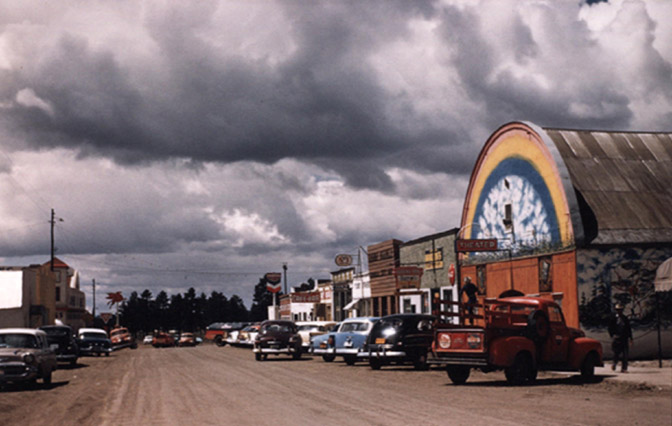
Armando gazed down the main street of Pat’s little town, a place that had barely changed since he chased Nazis in Brazil. “I was eager to get out of there and back home after all that,” he said. “So when those Amazonian women captured me and held me prisoner for three months, I was very upset.”
The bubble popped. “OK Armando. You’ve gone too far. I’ve believed you up to now. I’ve actually believed every word you’ve said…Why, I don’t know. But Amazonian women? Come on!”
“You don’t believe me?” Armando looked wounded. “OK,” he said, shaking his head. “I will have to show you.”
He unbuttoned his shirt cuff and rolled up his sleeve. On his arm, starting near his shoulder and extending all the way to his wrists, I noticed the strangest scar I have ever seen. It spiraled all the way down his arm, wrapping it completely every couple of inches or so as it descended toward his hand.
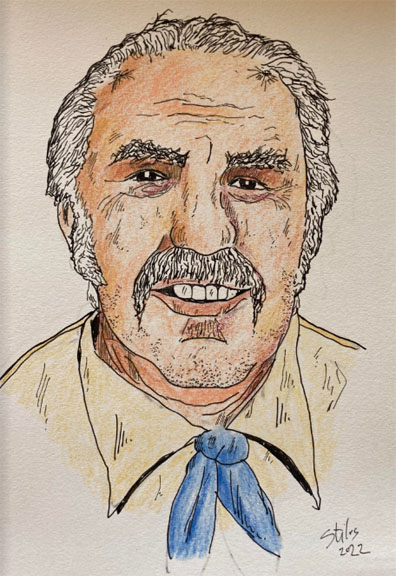
“Do you see the scar?” he asked. “Do you see it?”
Once again, all I could do was nod.
“That is from the leather restraints the Amazonian women put on me…for three months, they never took it off.”
Just then, Phillip poked his brother in the ribs and said, “It’s time to go, Armando. Let’s go.”
Armando shook my hand. “It has been a pleasure talking to you. We should get together again some time.”
“I’d like that,” I replied.
He took off his ball cap one more time to wipe the sweat from his brow. When he did, I noticed two deep scars on the top of his head, directly above each eye, but above where his hair line used to be.
“As long as you’re describing your scars to me, Armando…where did you get those two scars on the top of your head?”
Armando stroked them gently with his hand, as if it was helping to recall yet another adventure. “Oh yes…I remember these scars. They are from an operation. The doctors said they had to do it because I was too horny.”
“WHAT?” I cried.
“Goodbye, my friend,” he grinned and headed for the car.
“Wait a minute,” I yelled. “Was any of that the truth?”
“Believe me when I tell you…It was all the truth.”
Armando turned the key, the engine started, he put the old pickup truck in gear, and roared onto Main Street, throwing gravel and a cloud of dust as he and Phillip made their grand exit.
Pat and Sue and I watched the truck shrink in the distance. “What do you think, Pat? Was all that the honest-to-god truth?”
“Jim,” she said wisely, patting me on the shoulder, “never question the OSS.”
I decided she was right.
POSTSCRIPT: I wish I knew what happened to the two brothers, and to Pat Cooke. I returned a year later, but Pat was gone and the country store had closed down. Years passed and I returned again. Now the motel and the store were open, but under new management and nothing felt the same. I asked about Pat but the new employee had never heard of her. When I asked about Armando and Phillip, I drew blank stares. If anyone in area of Chama or Tierra Amarilla, New Mexico knows the whereabouts or the fates of my friends, please contact me…JS
Jim Stiles is editor/publisher of The Zephyr: cczephyr@gmail.com
TO COMMENT on this story, please scroll to the very bottom of this page.


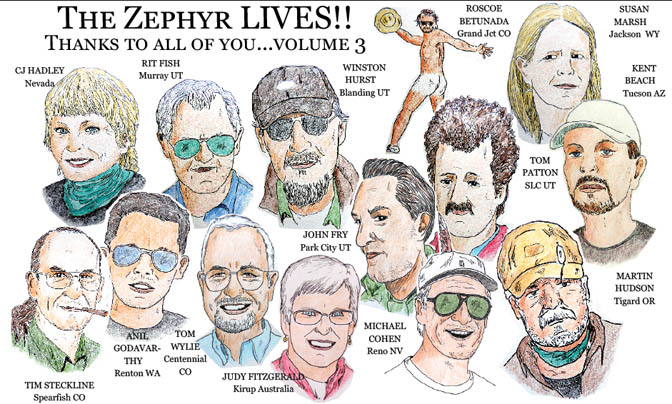


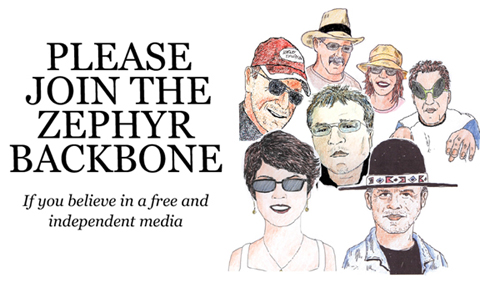

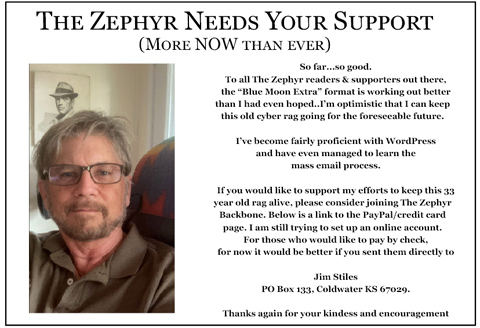
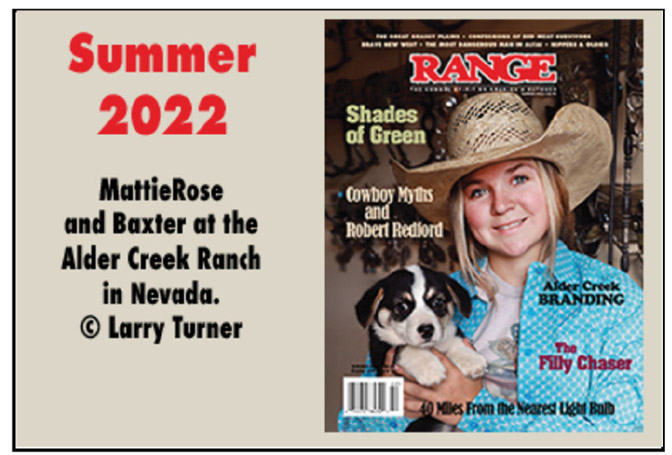

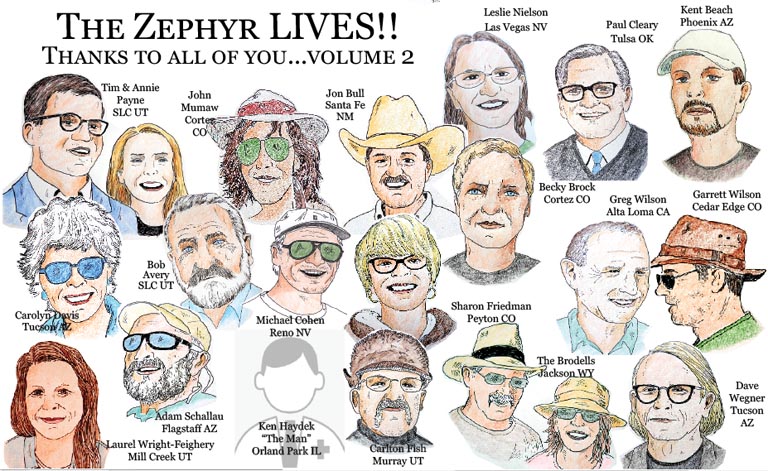
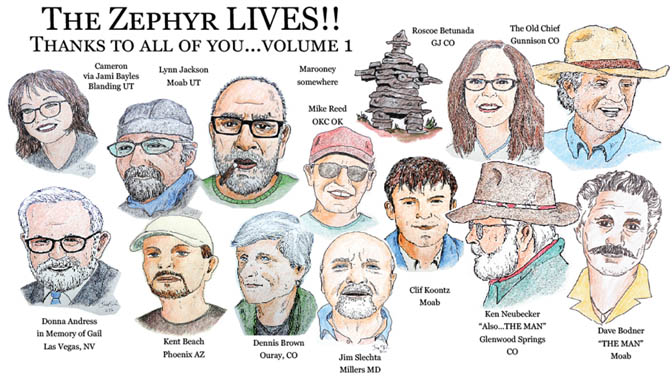
I wonder how many other Armando stories there might be out there. Like the Tunnel Men during Vietnam. This is a wonderful story and so many of them, I’m sure, died with their heroes who often did not talk about their “adventures”! Were we to have a war today (and hopefully we won’t!) would there be the caliber of those men of the OSS and the Tunnel Warriors? I hope so but alot of so-called milleniums seem to me to be pretty self centered. And Love of Country isn’t being taught the way my Mother and teachers of her time, taught. Thank you for reminding those of us who lived during those days, how much we truly owe so many unsung patriots!
My uncle, mom’s youngest brother, was OSS & served “behind enemy lines.” For many years he never was allowed to tell any of us. All 4 of her brothers served in WWII in some capacity. 2 went to LSU after the war on the GI Bill.
Wonderful story! And who knows how much may be true. When I was a college kid on a two month geology field trip through the Four Corners nearly 50 years ago we had a last stop at Canon City, Colorado. We tended to frequent a small bar, just a couple blocks from the old Colorado Territorial Prison (still in use…) and we’d listen to the stories being spun by an old miner from Florence. We’d buy him drinks and he’d keep up the yarns. Wonderful stuff. We knew most of it was likely fiction, based on some probable truth, but what great fiction! It all ended when one of the other students on the trip, a very green kid from Connecticut who had never been west of the Hudson, proclaimed “that can’t possibly be true!” That broke the spell. The old miner asked, with an undisguised threat in his voice, “Are you calling me a liar?” We hussled the kid out of there before anything happened and later, at camp, gave him a short lecture on listening to stories and old mining towns in the West. I also gave him a book by another neighboring Connecticut Yankee to read. Mark Twain’s “Roughing It”.
The OSS was vital to the United States during the war. Like other allied intelligence groups such as Britain’s OSE they were encouraged to think outside the box. Their adventures make great reading even today. Many of their accomplishments may never be known just as that is today. There are capable, intelligent and often hard men and women active in our service 24/7 so that we sleep safe and sound at night. Great story Jim.
So I put “Pat Cooke” into search at Newspapers.com and what popped up? Page 2 of the Zephyr August 1889 with the article about you looking for the “Forgotten Town” and meeting Pat Cooke. Unfortunately, that was the only reference to that name.
Ah stories of the west…
Reminds me of the time, just off the Pacific Northwest Trail on the Olympic Penninsula, where I met by chance the surviving son of D.B. Cooper.
I have my notes about his dad’s story before and after that fateful hijacking day. As it turns out I had walked on by where he hid out afterwards with his family.
Since the land was deeded to the son he has now placed it in a trust that upon his death it will go to a major Seattle charity for it’s perpetual use as a camp for boys and girls.
great story–we knew a guy who was CIA during the cold war. He told the story of being sent to deliver a briefcase, which was chained to his wrist, to a guy at a beach on the Baltic Sea. When he got there, he saw that it was a nude beach. So he had to get naked and deliver the goods–talk about a spy coming in from the cold!
A great WWII tale told by a great teller of tales for sure! Perhaps there is an occasional factoid in the tale and by that, I mean factoid in the original meaning of factoid which was coined by writer Norman Mailer in his biography of Marylin Monroe. Mailer said that a factoids are,”facts which have no existence before appearing in a magazine or newspaper”.
I like to extend that to, “a factoid is a spoken or written detail in a tale that may or may not be true but is so good that it doesn’t matter”.
As some Irishman once said, in the fine old tradition of Irish story telling, never let the facts get in the way of a great story. And what a truly great story of the adventures of the Basque OSS agent as told by himself this was.
Hi Joseph…In the very first few minutes of that chat, I was very skeptical. But he knew who Bill Donovan was. He knew about the need for diamonds in industry and the movement of them from Africa to South America. When he went to the extreme of mentioning his torture by Amazonian women, I started laughing. But then he showed me those scars. I wouldn’t have believed it if I hadn’t seen and even felt the scars myself. They were like a braid that ran all the way down his arms to his wrists. By what other means can one receive scars like that on both arms? Seriously what other kinds of accidents could produce that kind of permanent disfigurement? If anyone has thoughts on the subject, let us know…JS
Tierra Amarilla, Chama, and several points in between? He could have been a well read Vet and a Penitente with the scars to show it who was engaging in that time old western tradition of telling tall tales to an Anglo tourist.
It was great story either way and it definitely needed to be told. It needs to be told over and over and be remembered.
I’m going to print this story out and the next time I’m in Tierra Amarilla I’m going to pass it around to some old timers and see if anyone knows this story or knew the Basque brothers. I just wish I had their last name.
You know, once I was hanging out with an old Grand Canyon mule skinner friend, telling him about the Hopi Tribe’s annual sacrifice of the virgins in the the spring and he told me a good one in return.
It seems that one day they had one of those temperature inversions at the Grand Canyon and those clouds had the whole canyon really socked in from Phantom Ranch at the bottom all the way to the top of the rim. He was at the North Rim but was due to report to work at the mule barn on the South Rim but didn’t want to take a chance at getting lost in the canyon due to all those clouds on his hike to work.
He finally figured out that if he got a good start and took a run at it, he’d be able to ignore the trail and just scamper across the top of all those those clouds to the other side. By the time he figured all this out, he thought he’d might be a little late reporting to work but he gave it a try anyway. So he backed up, got a good downhill running start, and took off, his little mule skinner bowlegs going as fast as they could whirling across those clouds.
Much to his and everyone who witnessed this amazing feat’s surprise, he did make it all that way across AND actually got there a little early for work. He hadn’t factored in that the elevation at the North Rim is 8,000 ft and the elevation at the South Rim is only 7,000 ft. He said that once he got going good, that gravity took over and he just slid on his butt most of the way.
If you’re ever up at Grand Canyon, just stop by the mule barn and ask any mule skinner there about this.There’s some of the older guys who actually witnessed this.